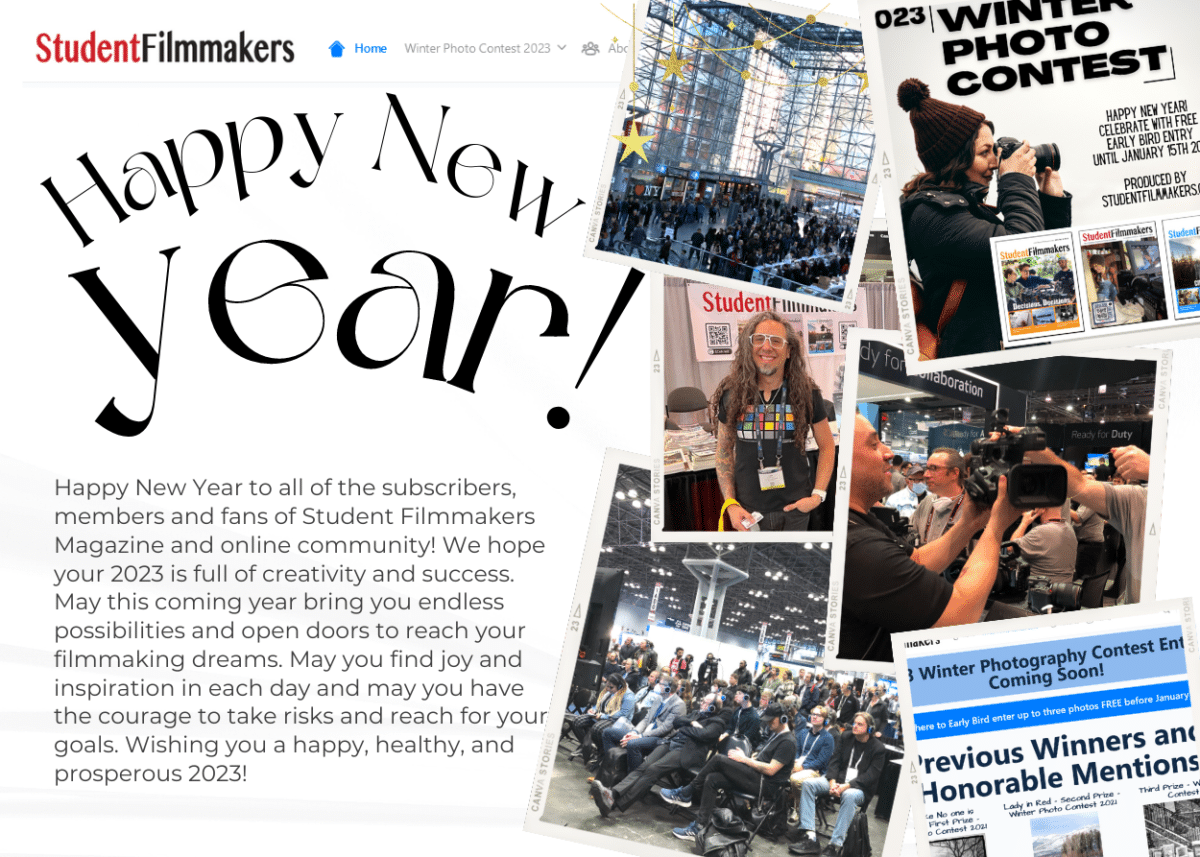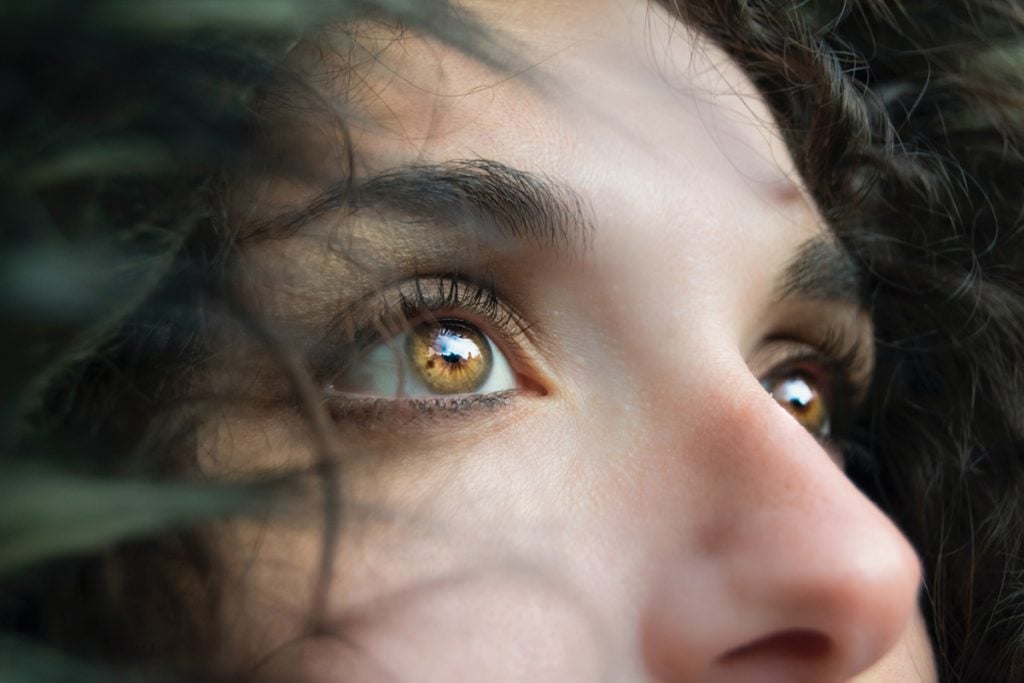StudentFilmmakers Magazine: What changes in copyright have you seen over the years as it pertains to filmmakers, content creators and the digital world?
Nancy Wolff: The barriers to entry to become a filmmaker or a digital content creator has lowered as the accessibility of digital camera equipment has made it possible to create movies art and digital imagery that was not possible in the time of analog film that was very expensive. All of us in some ways are both content creators and content consumers with so much content available at our fingertips. The easy access to content has blurred the lines between what is protected by copyright, what can be shared and what content requires permission before it can be used. Understanding the boundaries of copyright and when works must be licensed to avoid infringement and what can be used under copyright exceptions such as fair use. The doctrine of fair use, using works that serve the purpose of copyright has expanded based on the digital environment.
The digital environment has also made copyright infringing activity or piracy of works easier and more rampant, as digital works can be replicated and distributed at no cost or loss of integrity. This piracy interferes with creators’ ability to lawfully license work and impacts on the ability of filmmakers and creators to earn a living. The process of policing the internet is an overwhelming job, even with some search technology available.
StudentFilmmakers Magazine: What are some common misconceptions about copyright?
Nancy Wolff: One common misconception is confusing publicly available works online with public domain, that means the work is out of copyright. Copyright protection begins at the moment a work is fixed, a video created, or an image snapped, and the duration is life of the creator plus 70 years for individual US creators. Because a work is published online or available digitally does not mean that it’s available for anyone to use. The other misconception is the that lack of copyright notice or attribution means you can use a work without permission. Attribution is not required under the Copyright Act and using a copyright symbol is no longer required to maintain copyright. Another misconception is that if you’re not using to work for profit that you don’t need permission. The rights of a creator under copyright include the right to authorize reproduction, public displays, broadcast and distribution, among other rights. Consequently, the act of reproducing and displaying a work is an infringement whether you make money or not based on the use. Another is if you alter or modify a work that you don’t need permission. Exclusive rights of a creator under copyright also includes the right to authorize derivative works. The line between transforming to work under fair use and creating an unauthorized derivative work can be confusing.
StudentFilmmakers Magazine: What should filmmakers and content creators know about copyright?
Nancy Wolff: All filmmakers and content creators to know some of the basics of Copyright, including the importance of registering to work as you cannot enforce your copyright if you are US author unless you have a registration to the work before you commence an action. The other benefit of registration is that you can seek damages other than actual damages, known as statutory damages which provides compensation for the use of your work if it’s hard to value. Registration also allows you to seek attorney’s fees which helps in resolving claims of infringement.
It’s also important to know as a filmmaker that you need contracts with any freelancer who works with you on the film (directors, camera operators, editors, etc.) if you need to own all the rights for further distribution. Under the Copyright Act, if you are not an employee you own your work absent a writing signed by you. Written contracts from the beginning are very important.
Understanding the basics of fair use is also important. I often hear filmmaker say let’s just “fair use it” to avoid licensing. For use is a limited exception under copyright and it’s not available only because licensing might be expensive or difficult. It does not replace using content for illustrative purpose that is typically licensed. The use must be transformative and not replace the original. In other words, the use must serve a different purpose or bring new meaning to the work .
StudentFilmmakers Magazine: If you could share your Top 3 Copyright Tips for filmmakers and content creators, what would they be?
Nancy Wolff:
(#1.) Register your work before it is distributed.
(#2.) If creating a film using third-party material, be sure to seek legal advice as to when you need permission and when you don’t. Particularly with documentary films, you can obtain errors and omissions insurance that has a fair use rider that permits the use of unclear third-party material, if you have a qualified copyright lawyer review the film, for the availability of the fair use exception and prepare an opinion letter.
(#3.) Avoid popular music that can be so time consuming or burdensome and either hire a composer to create original music or license music from music licensing services that provide all rights you need, including “synch” rights that cover the use of music combined with visual images.






